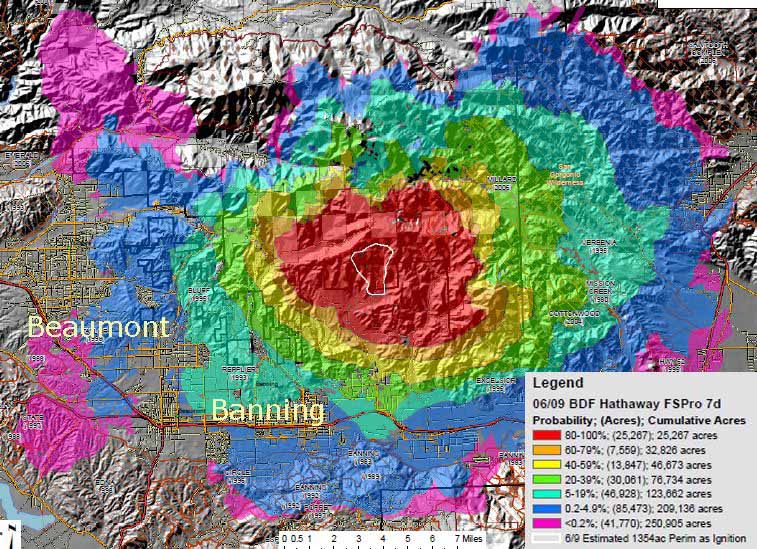
Data sharing leads to powerful tools for fighting fire.
The U.S. Forest Service and The Nature Conservancy have been conducting some prescribed fires near Orleans, California.
In California, the weather this month will determine if a new record will be set for the driest year on record.
A former trombone player continues to be in the news about his effort to improve the fire shelter.
The New York Times has an article about inmate fire crews.
After the county Sheriff has repeatedly publicly criticized how the Fire Chief handled the first two hour of the destructive Black Forest Fire in Colorado Springs, an independent investigator has been called in.
A man whose body was found during a brush fire in Arvin, California in August was murdered, before the suspect tried covering up the crime with a fire.
Protecting archaeological sites from wildfire and extreme weather using a wireless sensor network.
Vail Colorado maps and rates wildfire hazard for all structures.
Thanks go out to Dick, John, Bean, Ken, and Roy.










